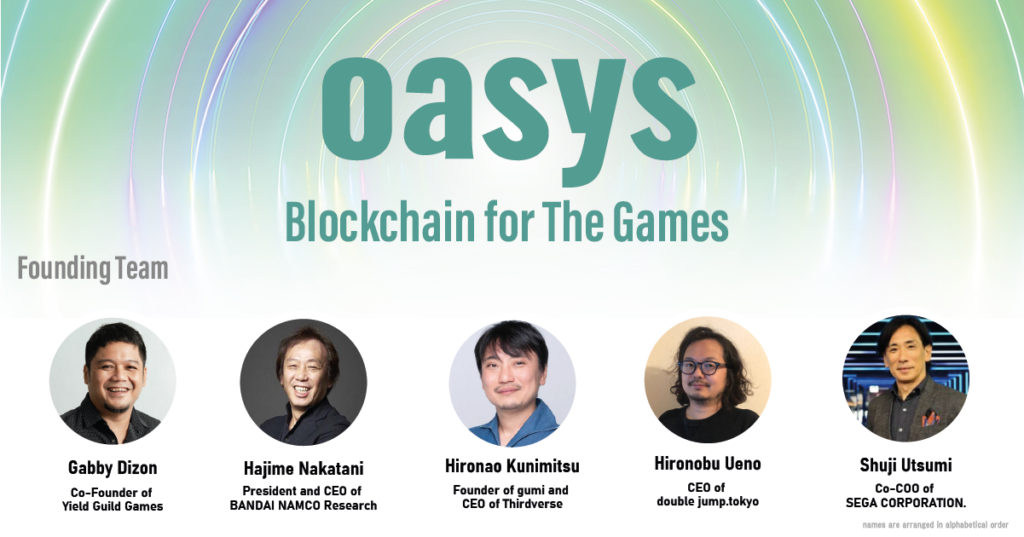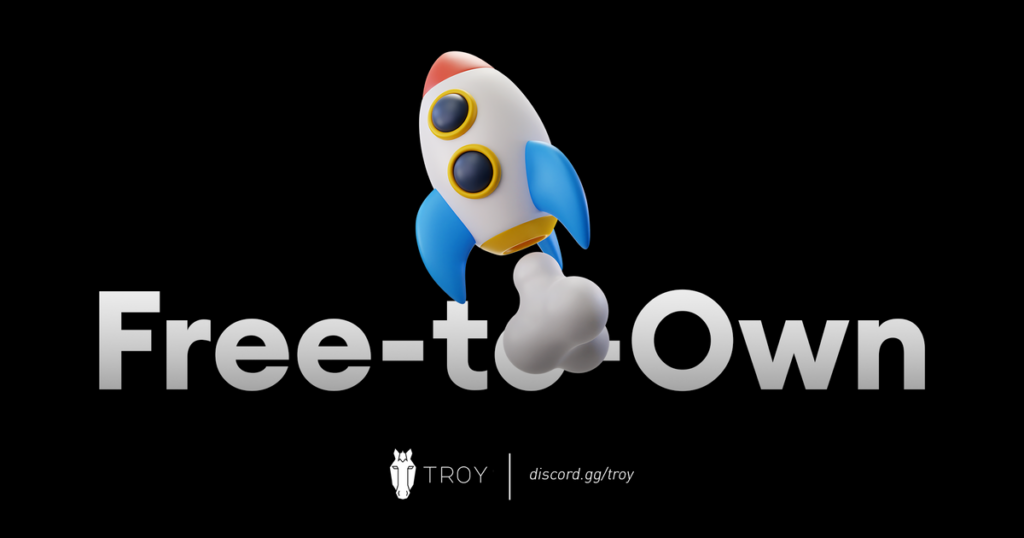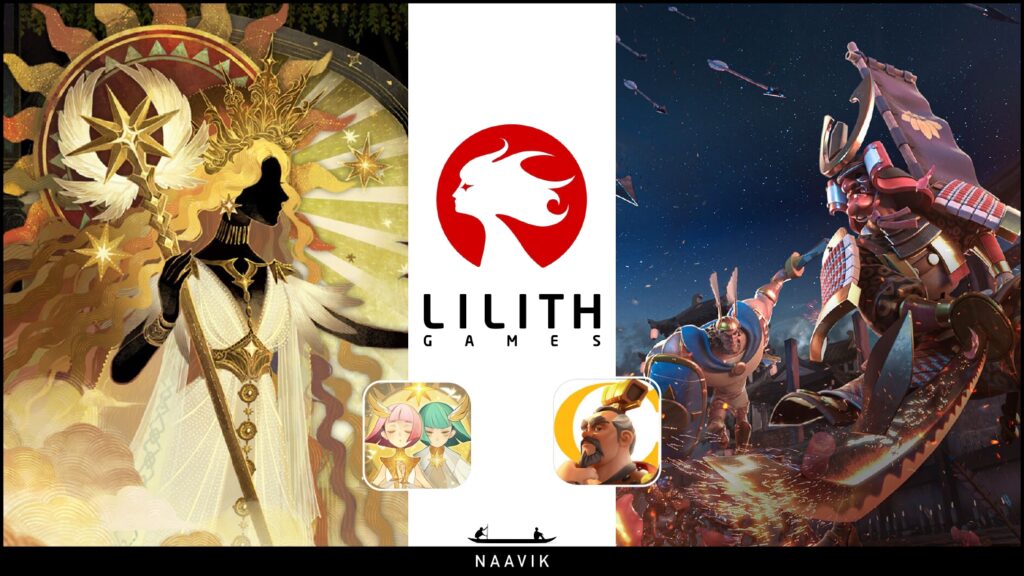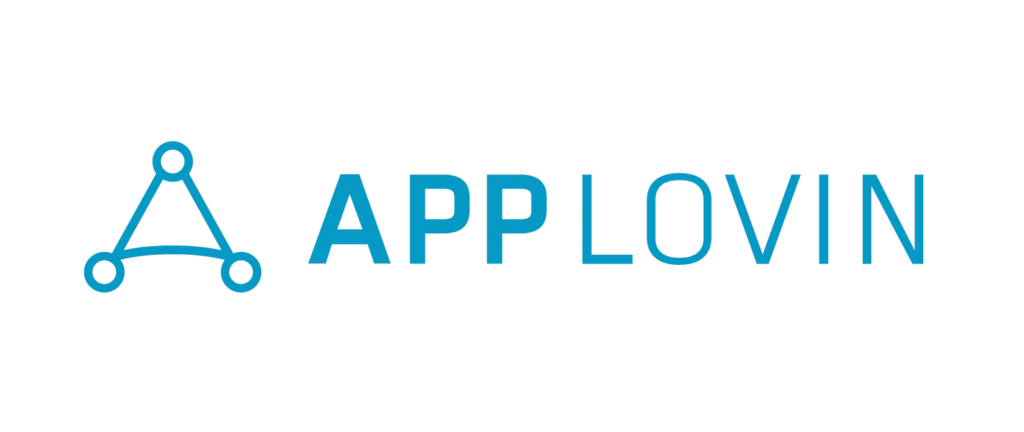Hi Everyone. Thanks for tuning in to another week of Naavik Digest. If you missed last week’s edition, we wrote about NetEase’s earnings and put them in context of their recently ended partnership with Blizzard. With that, let’s dive into this edition.
Future of UGC (and Does It Need the Blockchain?)

“UGC Gaming is Gaming 3.0” says Uri Marchand, CEO and co-founder of Overwolf, a software platform that powers one of the biggest modding communities in the world and recently signed a massive partnership with EA for the Sims 4. In this episode, your host Alex Takei chats all things UGC, the role of IP in creating the metaverse, centralization and moderation in a creator economy, and whether any of this really needs the blockchain.
You can find us on YouTube, Spotify, Apple Podcasts, Google Podcasts, YouTube, our website, or anywhere else you listen to podcasts. Also, remember to shoot us any questions here.
#1: Building Game Studios as Venture Capital Runs Dry

It's not a preposterous claim that venture capital appetite for early-stage game studios is at an all-time low.
As the gaming market matured over the past years, venture capital interest in funding Seed and Series A rounds for conventional game studios also ebbed and flowed. In 2022, there has been a lot less enthusiasm for established platforms. Moreover, early-stage venture capital is often speculative: Seed and Series A are more about subsequent financing rounds raised at a higher valuation than the eventual exit. When late-stage funding gets more complicated, early-stage funding stops.
However, players continue to play games on mobile, PC and console no matter the macroeconomic outlook. Consumer spending in entertainment may be down from its peak, but the hunger for content is as insatiable as ever. The most innovative games tend to come from startups. Who will make those games when funding is scarce?
Game industry founders often have tunnel vision for the Silicon Valley model of scaling companies. In fact, it’s my recent conversations with fellow founders and investors are what inspired me to write this. Many future and current founders ponder on how to navigate today's VC climate. The truth is that great businesses, big and small, can be built and funded in multiple ways, and I would encourage studios to look beyond venture capital (especially now) as the only viable option. Let's take a look at some of the pros and cons of the alternatives to venture capital.
Bootstrapping is the logical starting point. It can be the best option if the founders have some personal savings and are comfortable working with a small core team. For example, Inner Sloth was famously just five employees when Among Us was released. However, you don't need a viral hit to reach profitability. A more recent example of a bootstrapped approach is the Germany-based LessMore. It managed to scale up the mobile idle game Eatventure this year, having raised only a tiny angel round. Small teams can achieve great things in games. Considering how often content is the bottleneck, they will achieve even more with modern tools and recent advances in generative AI.
Another way to bootstrap is to juggle work-for-hire projects with a company’s own projects. While some companies have successfully done this transition, it's infamously brutal. It's a problem of split focus and constant shift of mindset. Hitting production milestones on time and creating an excellent game from scratch require polar opposite approaches. And all this while maneuvering tight margins. Still, if you can manage it, work-for-hire is a reliable way to grow your organization while keeping it cash-flow financed.
Strategic investment. Historically strategic investors—such as Sony, Tencent, or AppLovin—were only interested in late-stage companies with mature products and businesses. However, during these past few years, we have seen more and more incumbents invest in new studios, ranging from wholly-owned greenfield operations (e.g., Voodoo’s Berlin studio) to venture capital-esque divisions (Supercell's investment portfolio).
Wildlife is the latest entrant to this race, with ten-odd high-profile studios popping up worldwide in the past two years (e.g., Never Forget Games, Stellar Core Games). Most of these studios would've been powered by venture capital five years ago. Assumedly, Wildlife owns its greenfield studios, and studio founders are merely highly-paid employees of the parent company. Notably, and despite its recent layoffs, Wildlife has reiterated its focus on its core mobile game development business.
Publishing. Finally, there's publishing and co-development. To build value in your company, if you can self-publish, you should. The 2010s were the golden age for small self-publishers. In free-to-play specifically, tools such as game engines, analytics services, and direct response campaign management had reached a state where a small team could develop, publish and operate a game independently. That window of opportunity is still open, but it does feel like it's getting smaller every year. Game team sizes are ballooning, and new privacy regulations have resulted in a world where games simply need more capital to scale profitably.
As a result, the publishing model has come back, with Marvel Snap (developed by Second Dinner, published by Nuverse, and royalties by Disney) being the most recent poster child. The obvious drawback of this type of an arrangement is the sheer number of middlemen. It is in the interests of the IP owner and the publisher to ensure that they see their money before the developer sees theirs. Thus, these products must be hit a home run for the economics to work for all parties.
There are no silver bullets, but if you manage to make any of the above work, now is the best time to build. Companies that start innovative game projects now will have them out by the time the downturn is over. (Written by Miikka Ahonen, Co-founder of Lightheart Entertainment, a venture-backed company)
#2: The Japanese Blockchain Gaming Landscape

In recent months, a number of Japanese game companies have been making moves toward blockchain technology. Things move fast, so here’s a recap of what each of them has been up to:
- In September, Sega announced a partnership with double jump.tokyo to produce a new blockchain game based on Sega's Sangokushi Taisen series. The upcoming game will run on the Oasys network, of which double jump.tokyo is a validator. The news comes after Sega announced an NFT project in April last year, then stalled due to backlash from fans.
- In November, Square Enix unveiled Symbiogenesis, "a web-based, narrative-driven platform" leveraging blockchain technology. In September, it became the 21st validator on the Oasys network. In July, the company shared plans to bundle the sale of its upcoming Final Fantasy VII collectibles with digital copies and certificates sold as Polkadot-based NFTs. In May, the company sold off several studios to focus on AI, cloud gaming, and blockchain. In March, it brought the Dungeon Siege RPG franchise to The Sandbox.
- In October, GREE (through its subsidiary BLRD) announced a partnership with Ava Labs to launch blockchain games on the Avalanche network. GREE is a validator of both Avalanche (of which it runs "over a dozen" nodes) and Oasys as of July 2022.
- In October, Konami announced it would be "recruiting a wide range of talent for 'system construction' and 'service development' to provide new experiences such as WEB3 and Metaverse." The focus will be on developing "a unique distribution platform using the blockchain." In January, the company celebrated the 35th anniversary of its Castlevania franchise with a collection of 14 NFTs.
- In February, Bandai Namco shared plans to develop a network of virtual hubs around IP such as Dragon Ball and Gundam “as a new framework for connecting with fans.” In March, Bandai Namco Research — responsible for “entertainment innovation” within the group — was revealed as one of Oasys’ validators.
- Finally, Capcom released Street Fighter NFTs on WAX last year.
You get the gist: at this point, most of Japan’s top publishers and developers are looking to at least try out blockchain, save for notable exceptions like Nintendo and Sony. While we’ve seen many developers in the West tinker with the technology, nowhere (to our knowledge!) have major players in a given country proven so keen to experiment. This is also in line with Japan’s long-standing history of being quicker and more open-minded towards embracing new technologies to create new types of entertainment experiences, versus their western counterparts.
At first sight, all these events may seem disparate. A bunch of NFTs here, some quickly aborted blockchain games there, and across the board we see player backlash pushing even the most daring companies to reconsider their plans. There doesn't seem to be a cohesive vision driving these moves. And indeed, why should it be otherwise? Each company has its own IP, its own strategy to leverage and monetize it, its own criteria for assessing the blockchain's relevance to its business, and its own ability to stay the course in face of criticism.
Look more closely, though, and one name starts to come up repeatedly: Oasys. It's worth exploring what the project is about and what it points to when it comes to the gaming industry's blockchain efforts.
#3: Free-To-Own: The Solution to a Sustainable Model?

Ever since gamified NFTs came to the market, there's been this ongoing quest to figure out which model works best in this new gaming paradigm of digital ownership that allows buying, selling, and trading of game assets freely. Sky Mavis' Axie Infinity pioneered the Play-To-Earn (P2E) paradigm and made P2E a thing. With Axie Infinity’s meteoric rise and fall, aspirational blockchain gaming studios are now eager to learn from the game and seek modified/alternative variations of the play-to-earn NFT model to win.
Some initial variations (in name) were to move away from the "earn" focus as that's what ultimately drove up Axie Infinity but eventually also led to its downfall, since it was not sustainable. No economy, be it real or virtual, is able to defy the reality that 1+1 could ever be greater than 2. If everyone can get out more (monetarily) than they put in, then that economy cannot sustain. Thus, new terms like Play-To-Own and Play-And-Own started to take hold. But these models still implied buying an NFT in order to play or "renting" an NFT to play and eventually "earning" enough to buy your own.
A more recent model that has been growing in popularity is Free-To-Own. With the recent success of Gabriel Leydon’s (ex-Machine Zone co-founder) Limit Break with DigiDaigaku, many people are looking to see if this turns out to be a viable model to pursue.
This model takes an approach counter to the current NFT pre-sale culture in the same way Machine Zone side-stepped the race to $0.99 mobile games with F2P innovations many years ago. Free-to-own evolves the idea of free-to-play with free NFTs, fully embracing the concept of democratizing digital ownership at scale. Limit Break kicked this off with the stealth mint release of its DigiDaigaku NFTs, which have since skyrocketed in price on secondary markets. Let’s explore the key learnings from the Free-To-Own Model, wether or not it really solves the problems that P2E has been facing over the last few months.
Content Worth Consuming
Mapping the Future of Post-ATT Future of Mobile F2P (Mobile Dev Memo): “My argument in the aforementioned piece is that ATT fundamentally alters the market for free-to-play mobile games: it impacts not just game design choices (permutation) or the ways in which monetization is implemented (revolution), but the fundamental character of the free-to-play gaming business model across distribution, monetization, and engagement…In this article, I’ll provide an overview of how I believe the mobile free-to-play gaming category will continue to transform in the medium term now that ATT is better understood, and what developers should be cognizant of as they navigate that evolution.” Link
Why Marvel Snap Became a Hit And For How Long Will It Remain One? (DoF): “It’s been a few weeks already since Marvel Snap was released globally, after a brief soft launch of 3 months. It quickly became one of the most downloaded games in multiple countries including the US, which is no small feat for a collectible card game (CCG). Although the company behind it (Second Dinner) is new, the Marvel Snap team ranks among the most experienced creators of digital CCGs. Many of its members are veterans of Blizzard’s Hearthstone.” Link
10 Years of Candy Crush: How King Continues To Dominate Mobile (Gi.biz): “King's dedication to its star IP was demonstrated by the anniversary celebrations it put together. In addition to the wealth of content updates, social media festivities, and in-game events – and a new soundtrack for the first time in the game's history – the Swedish company flew a dozen journalists to Stockholm for a few days to learn more about King and the science behind Candy Crush's success.” Link
🔥Featured Jobs
- Legendary Play: Senior System & Economy Designer (Remote)
- Nexus: Account Manager (Remote)
- Capcom: Business Development Manager - Esports (Remote - USA)
- Activision: Associate Manager - Global Digital Commerce (Santa Monica, CA)
- Naavik: Content Contributor (Remote)
- Naavik: Games Industry Consultant (Remote)








